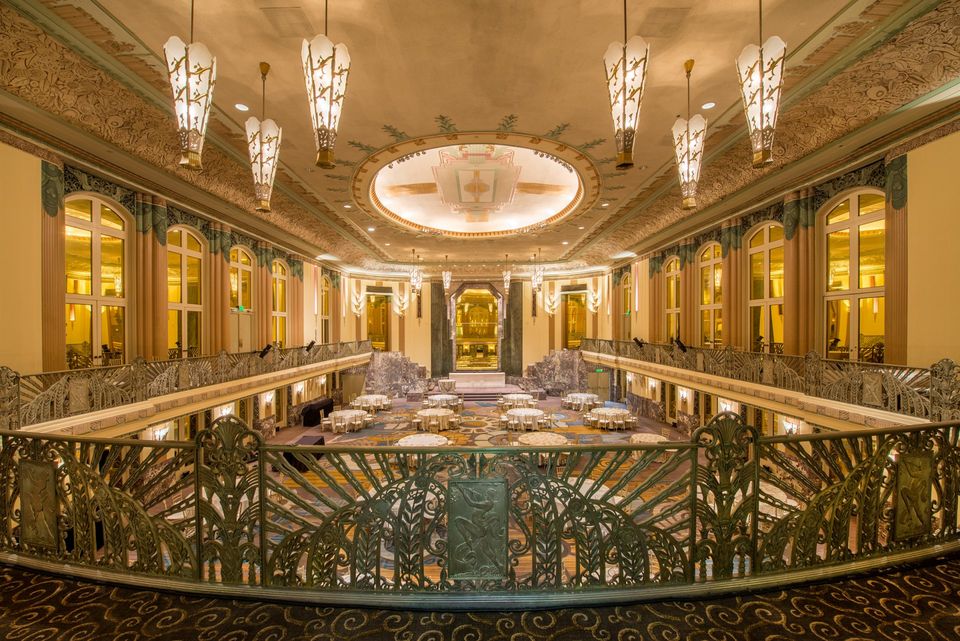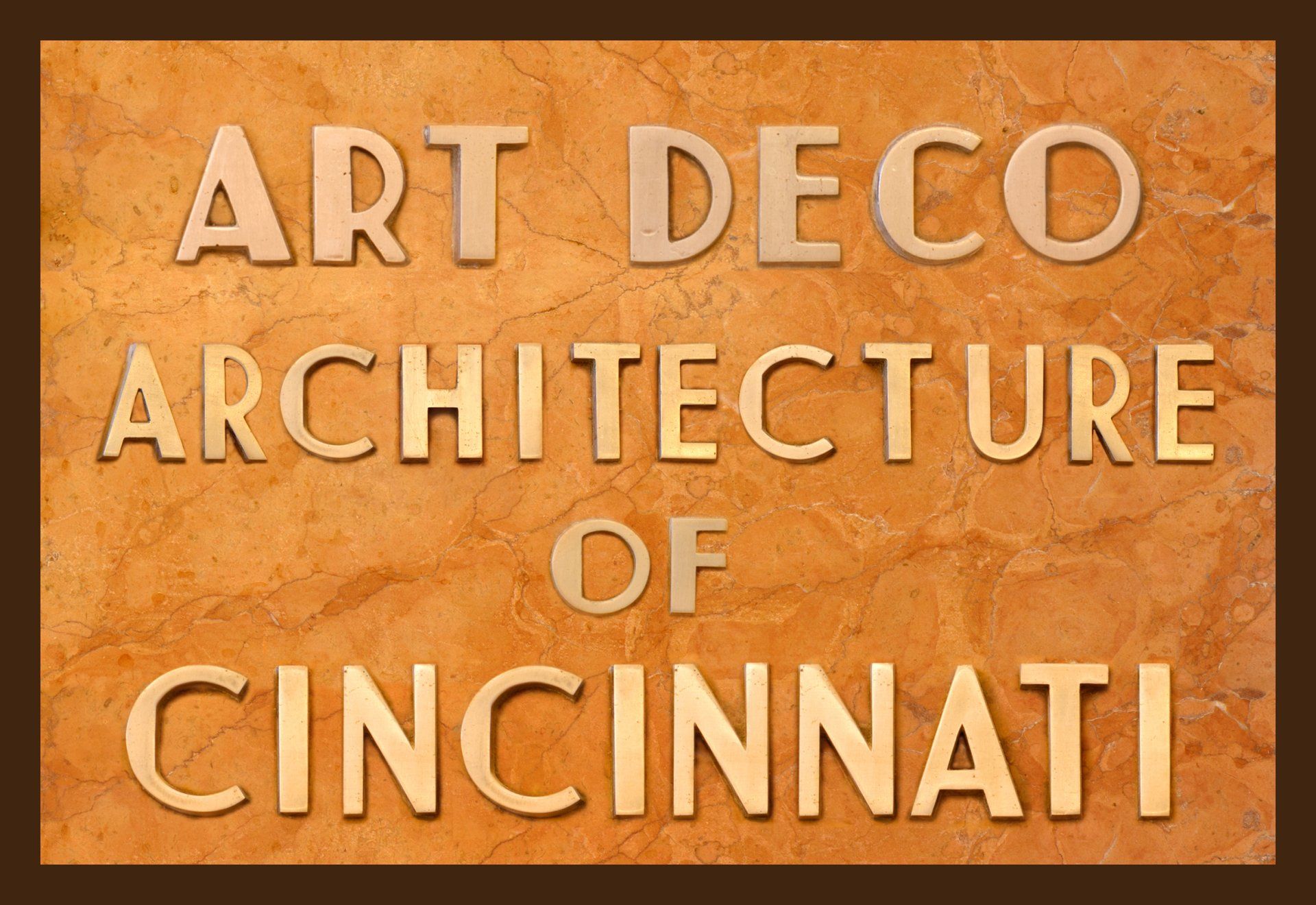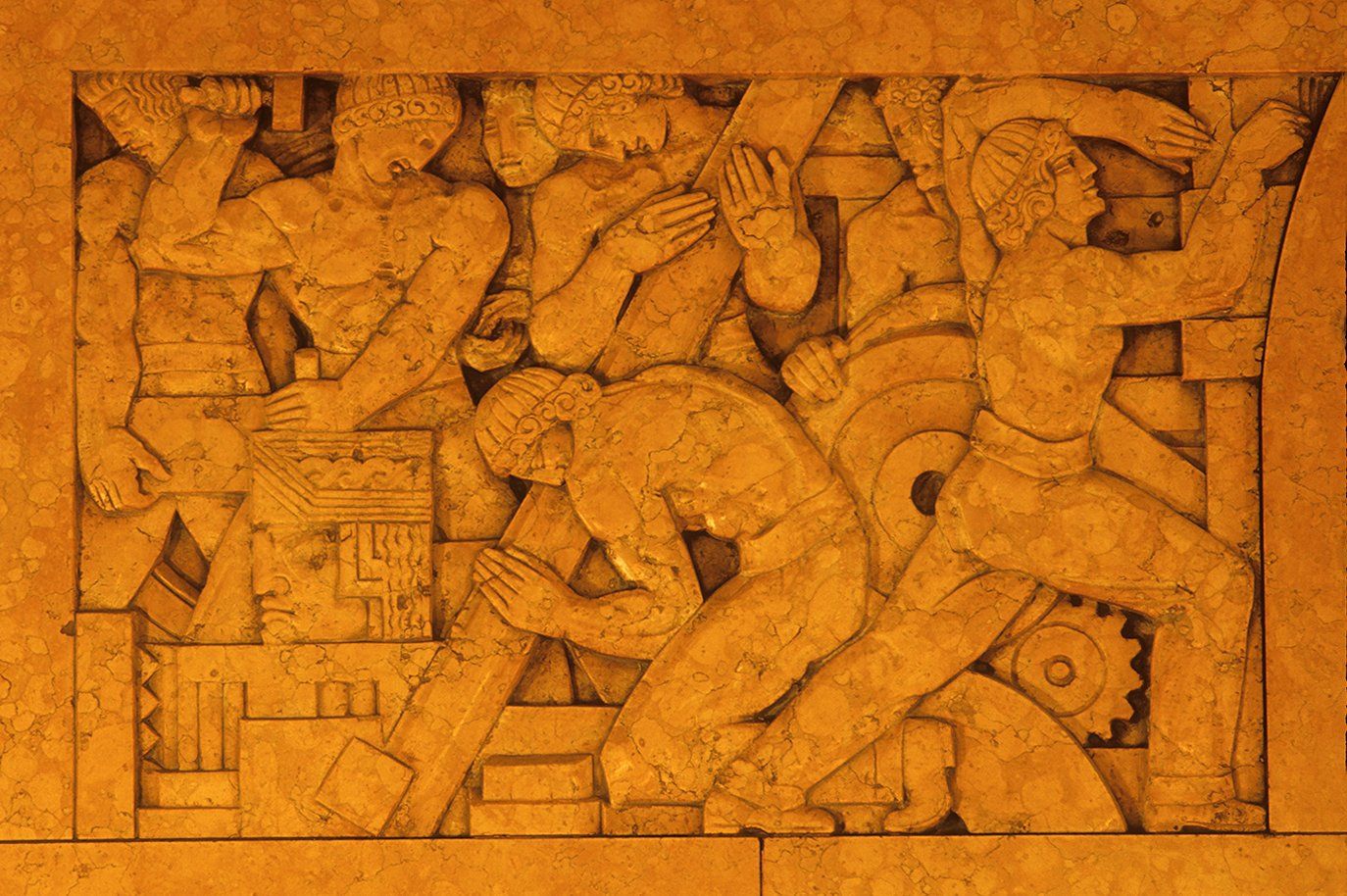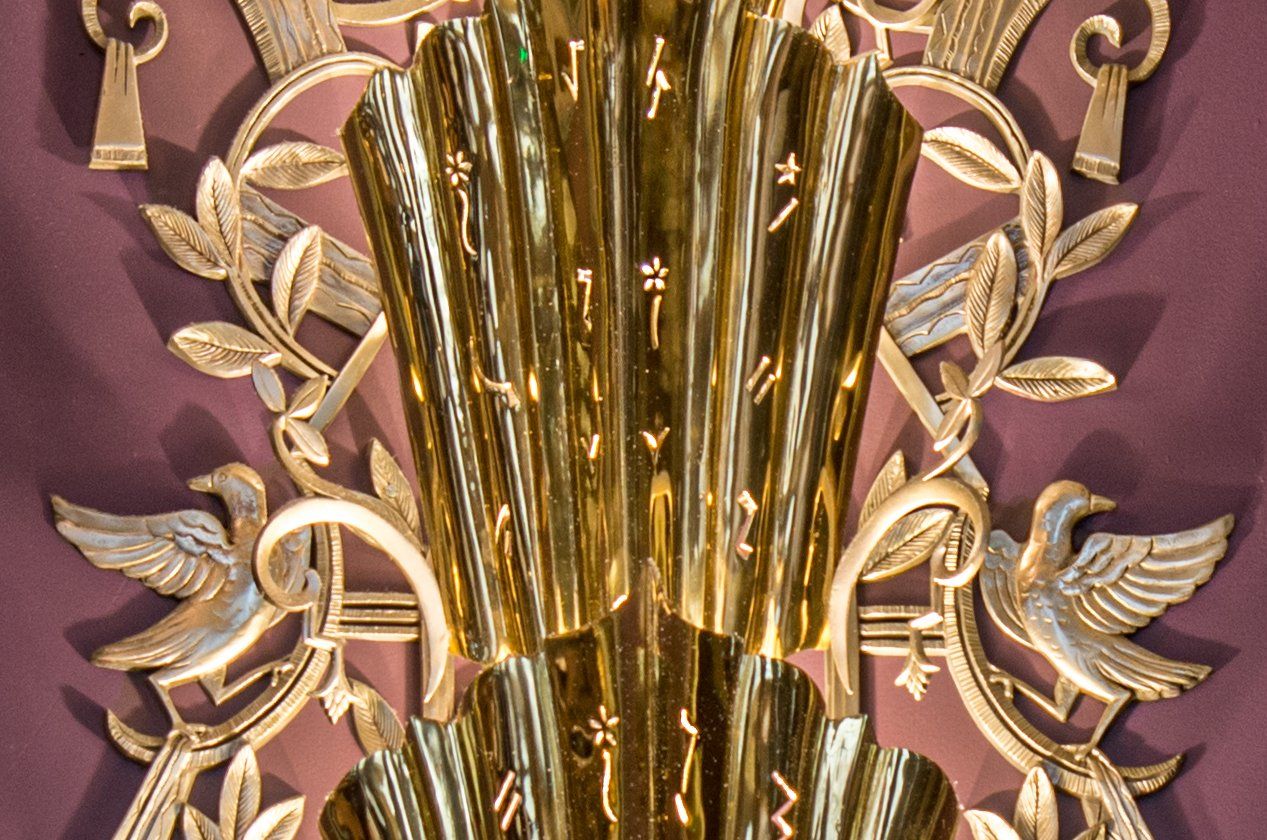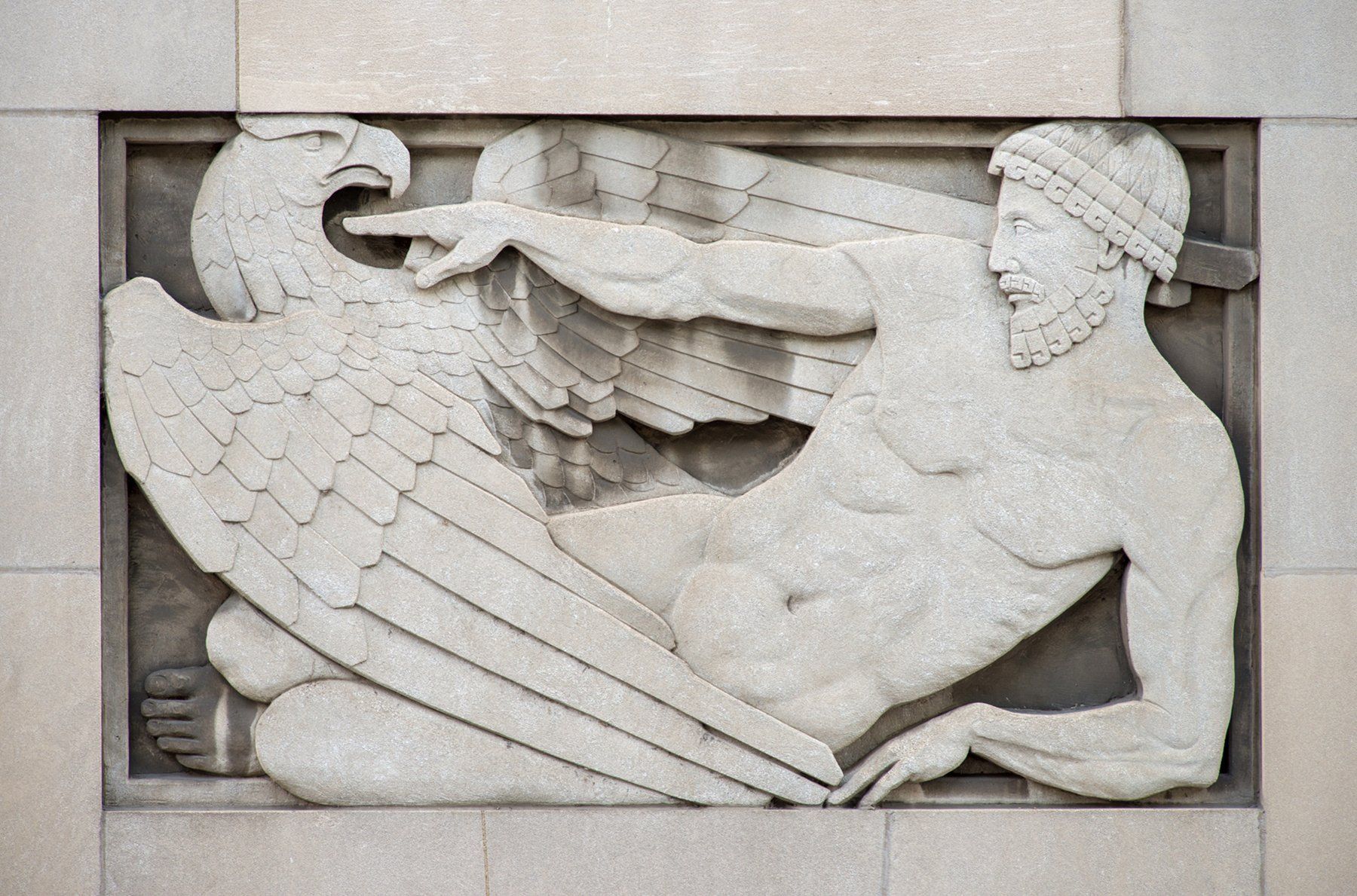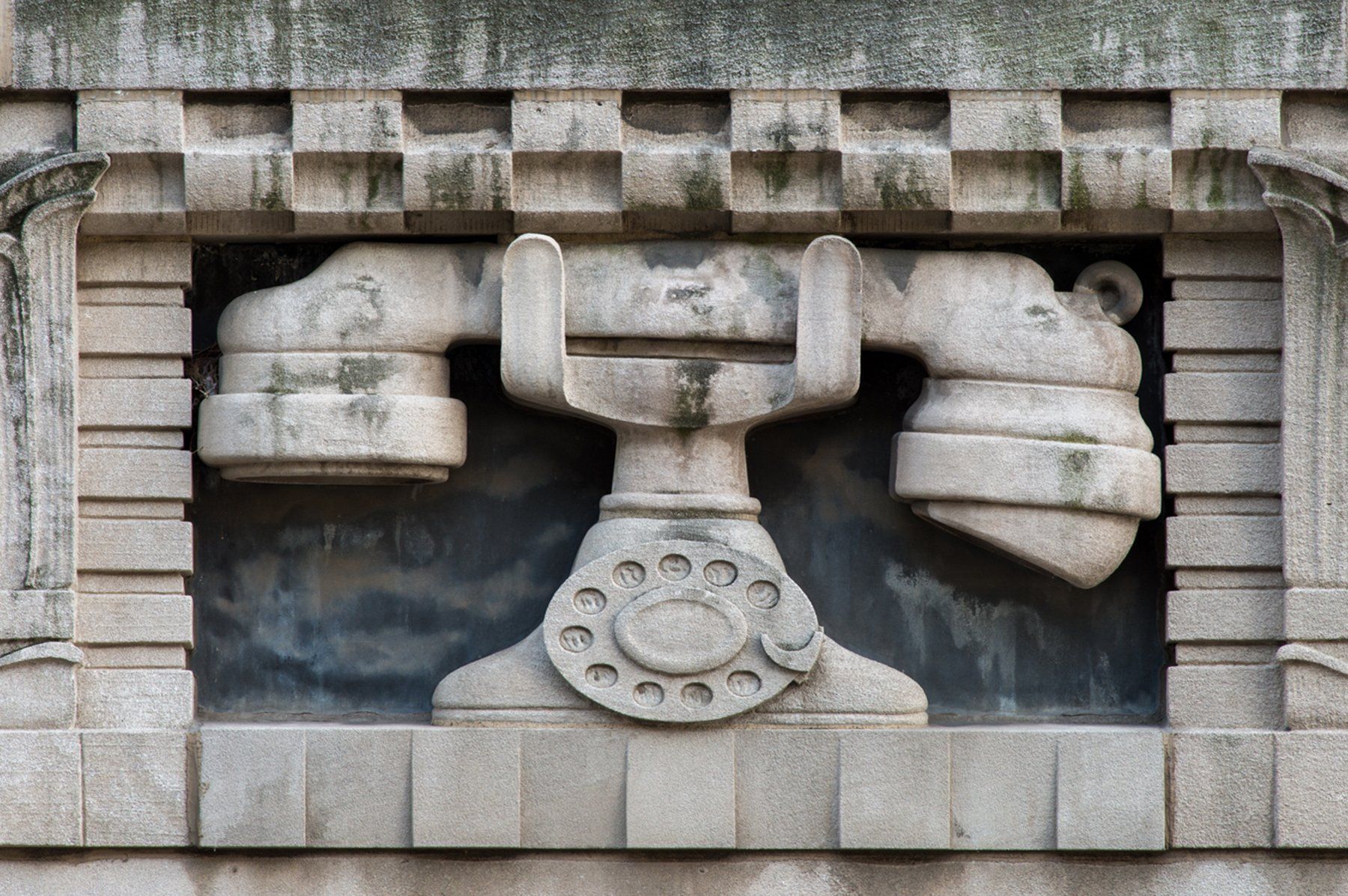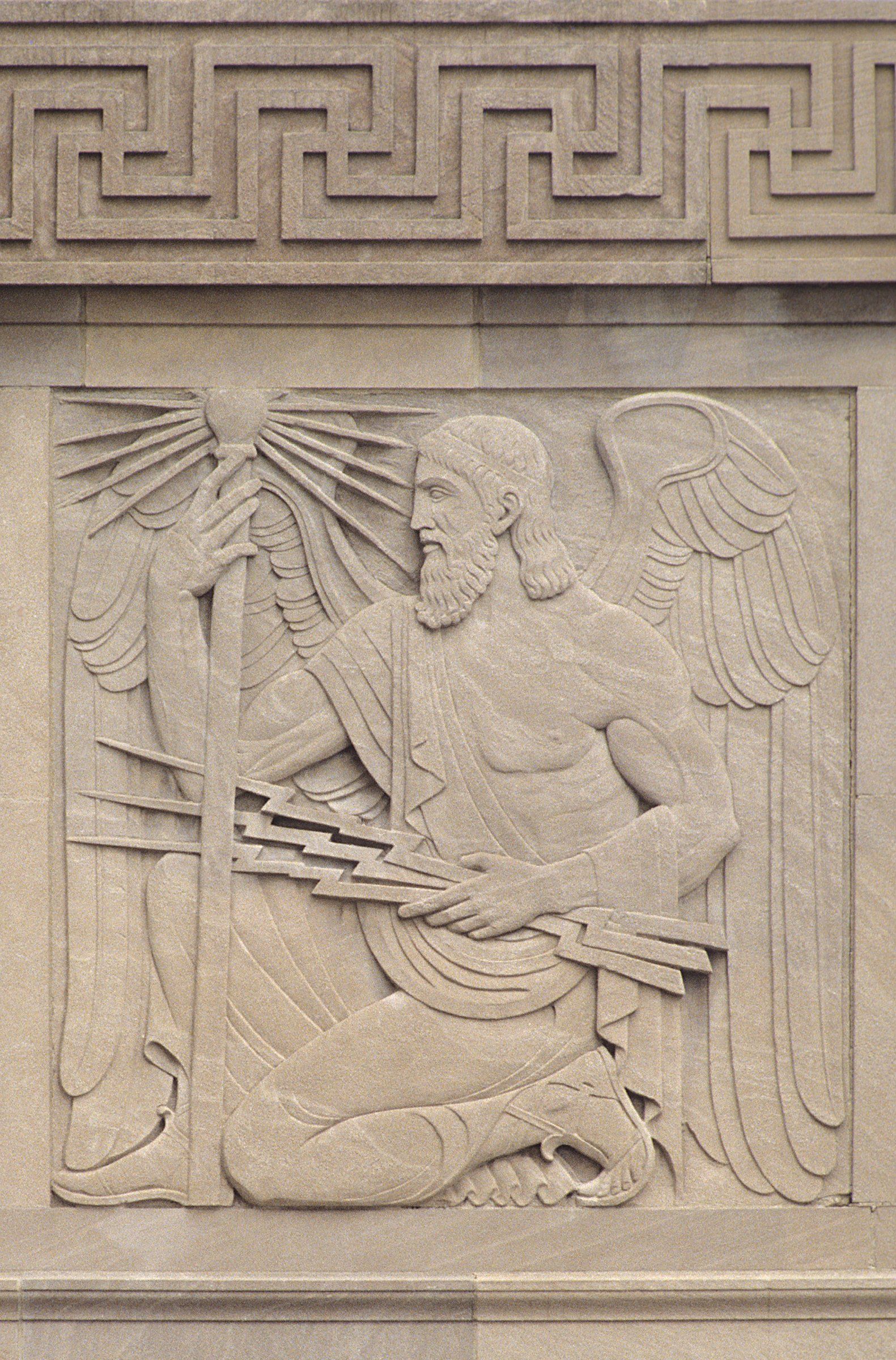The Art of Art Deco
To my eye, the beauty of Art Deco architecture is in the details. In the 1920’s, 30’s and early 40’s, ornamental art gracing the facades and interiors gave buildings a sleek, modern feel. The Cubism and Modernism movements of the arts influenced architecture, resulting in the sharp-edged angular designs found on Art Deco buildings. Just as art was evolving, so was architecture and the Moderne or Art Deco period was born in France in the early 1920’s. It was brought to the world’s attention at the 1925 International exhibition of Modern Decorative and Industrial Arts in Paris.
There is more that defines Art Deco than art, but lets concentrate on ornamental art as one of its major components. The art was meant to tell a story about the building; from simple geometric patterns above a door, to elaborate figurative and conceptual art, those artistic touches all served a purpose of conveying a modern look to the buildings.
Many Art Deco buildings are richly embellished with hard-edged, low-relief designs: geometric shapes, including chevrons and ziggurats; and stylized floral and sunrise patterns. Shapes and decorations inspired by Native American, Egyptian and Mayan art influenced patterns used in the architecture. Stylized art on modern sleek buildings is what gave Art Deco the fame and following it enjoys today.
I love how the art gives the passerby a hint of what is happening inside the buildings. In Cincinnati, the Times-Star building shows the history of printing and newspapers with its figurative art carved in stone and cast in metal. The Cincinnati Bell Building with its telephones and headsets in its façade frieze promote the idea of communication. The Carew Tower celebrates the Machine Age with its bold Vine Street entrance and the exuberance of French Art Deco in the Netherland Plaza Hotel. The Union Terminal celebrates transportation and industrialization on a monumental scale. The Kellogg Building, a former bakery, promotes its business with interesting wheat patterns.
Architectural art of the Art Deco period was created by artists working in different mediums, such as stone, metal, plaster, wood, paint and even linoleum, cork and glass. The metalwork is most fascinating to me; I love the way craftsmen mixed copper, zinc and other metals in different ratios to create different colored bronzes and alloys. The different colored metals were used to create contrast on their elaborate creations.
So, next time your are in downtown Cincinnati, take some time to visit the Art Deco masterpieces: The Carew Tower, The Hilton Netherland Plaza at Fifth and Vine, The Cincinnati Bell Building at 35 W Seventh Street, The Times-Start Building at 800 Broadway and the American Building at 35 W Central Parkway. Enjoy the overall architecture of these buildings with their stepped-back designs, tall vertical recessed windows and the smooth texture of their facades, but be sure to look for the art that embellishes these buildings. Another stop just a mile from downtown should be the Cincinnati Union Terminal; there you can visit a unique world-class building that helps define Art Deco architecture in America.
J. Miles Wolf
October 2020
